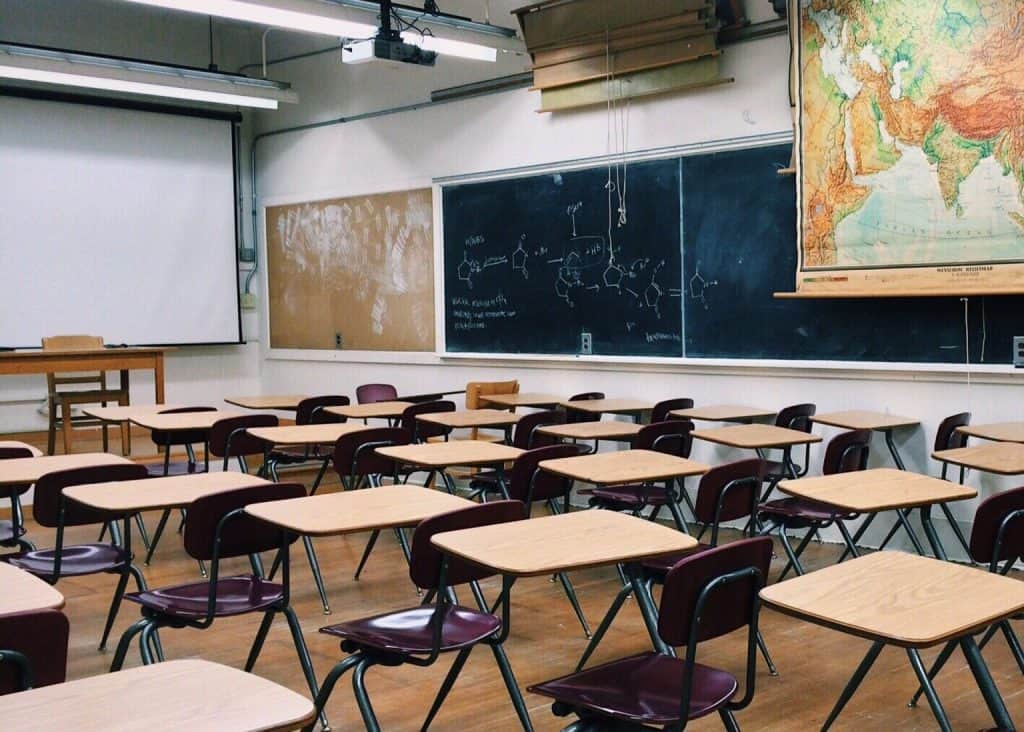
The Moorestown School District wants what it’s owed.
At the latest meeting of the Moorestown Board of Education, Amy Jablonski, director of outreach for the Fair Funding Action Committee, discussed the state’s formula for calculating school funding and how it impacts the township.
The Fair Funding Action Committee advocates on behalf of more than 115 school districts in the state of New Jersey that are underfunded under the School Funding Reform Act (SFRA) of 2008. Jablonski said as of 2017, approximately 65 percent of school districts — including Moorestown — were underfunded.
The majority of the committee’s work involves instructing boards of education on how school funding is calculated. If school districts are interested in getting involved in their fight, the committee advocates on behalf of that district and its students.
“I feel like for years, we’ve been saying that we’re not getting our fair share of funding, but we don’t know what to do about it,” said Moorestown board Vice President Caryn Shaw.
Shaw said the board was interested in having Jablonski speak because the issues around school funding are highly complex, but her presentations break the issue down in a digestible way.
Jablonski explained that the SFRA calculates adequacy, or the amount of money a district needs to ensure students are getting a thorough and efficient education. Each student is allotted a dollar amount, with the legislature having determined that there is a base cost of around $11,000 to educate one student. Various factors increase that amount: older students, at-risk students on free and reduced lunch and students with limited English proficiency make the cost per pupil fluctuate.
The state legislator then calculates the local fair share to determine how much a community can contribute. That figure is calculated based on community’s property values and the income of residents, though the state Education Commissioner’s office will not release the exact formula on how local fair share is calculated.
From there, the state calculates a school’s funding by subtracting the fair share and any other aid a district is entitled to from the adequacy cost.
Moorestown is funded at about 75 percent of what it is entitled to under the SFRA, which is approximately $400 less than the district is owed per student. In total, Moorestown is underfunded by about $1 million.
“When districts find that out, they always want to know how come we’re not getting our money,” Jablonski said.
She explained there are three factors that result in districts’ underfunding. The first is adjustment aid. When the SFRA was passed, a provision was included that ensures no district would lose any of the funding it had under the previous formula. The idea was that those districts would be given “adjustment aid” that would be fazed out over a period of time. But it never resulted in some districts being overfunded.
The second factor is that the SFRA puts a cap on enrollment increases. Jablonski said since the adequacy number is student-driven, if enrollment increases, state aid should increase. But the SFRA caps that enrollment number at a certain percentage. The third factor is an overall funding shortage, with the formula itself being underfunded by around $1.8 billion.
According to Jablonski, in every legislative district there are both overfunded and underfunded schools. As it stands, $640 million in overfunding is distributed to around 200 districts.
In 2018, however, New Jersey passed NJS2, a bill that phases out adjustment aid and eliminates growth caps. That transition will take place within five years of the bill’s signing.
Superintendent Scott McCartney said the Fair Funding Action Committee’s efforts are tied to the district’s budget conversations. He said each year, the district finds itself around $1.2 million short in funding and is interested in advocating for the money it is owed.
“Our communications committee this year will be focusing on advocacy, how we can help educate our community and organize our community to use our voices to speak locally and across the state of New Jersey about our students and the needs that exist here,” McCartney said.
The district’s next community engagement forum will focus on fair funding advocacy. The details are still being worked out, but the tentative date is Feb. 25. The next board of education meeting will take place on Tuesday, Feb. 18, at 7 p.m. in William Allen Middle School.









